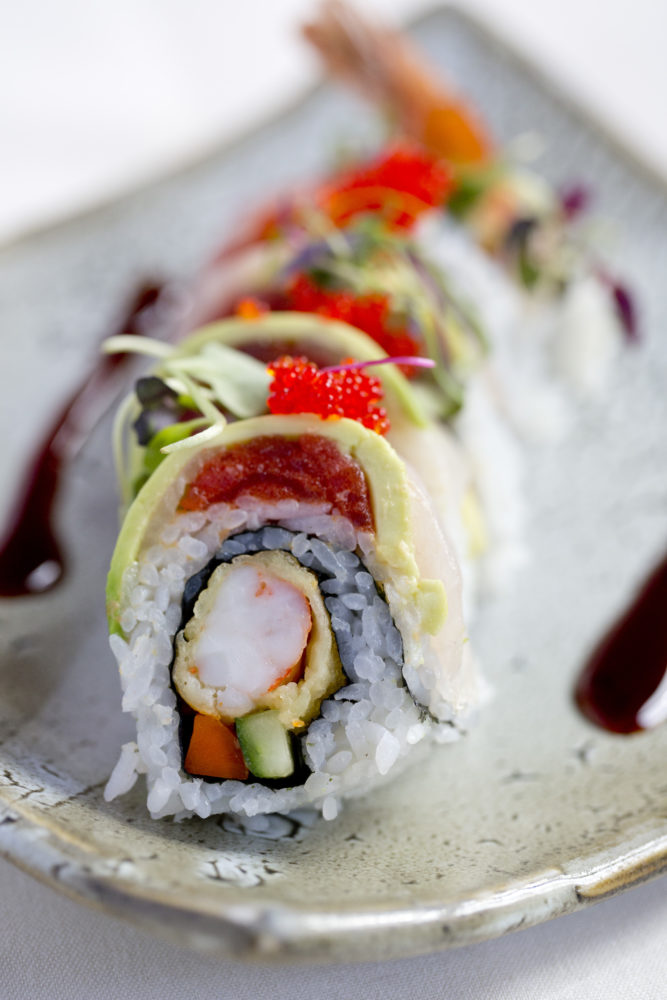
Nearly half of all types of fish sold in Los Angeles sushi restaurants may be mislabeled, despite tougher laws and increased media scrutiny in recent years, a new study by Loyola Marymount University and UCLA researchers has found.
The wide-ranging study of seafood samples collected over a four-year period raises new questions about the efficacy of laws intended to stem seafood fraud, such as when a fish of one variety or even a different species is labeled as a more popular fish to circumvent environmental regulations or meet market demands.
The study found that all of the targeted restaurants served at least one mislabeled fish over that time period, and that all fish types were mislabeled at least once, with the exception of bluefin tuna. Incredibly, every single fish sold as red snapper or halibut was actually a different fish.
Such mislabeling can significantly impact public health, the study said. The use of the wrong tuna variety in canned “light tuna” could lead to pregnant women consuming dangerous amounts of mercury, for instance. In 2007, pufferfish that was sold as monkfish led to hospitalization of consumers in three states.
“DNA barcoding is becoming an increasingly popular tool to identify mislabeled products,” said LMU biology instructor Demian Willette, the report’s lead author who conducted the study with researchers from UCLA, UC Santa Cruz and UC Santa Barbara. “Our finding of a persistently high rate of seafood mislabeling should encourage consumers to demand strong truth-in-menu laws from local public health agencies. Citizen-science and crowd-sourced data also have real potential to keep the consumer informed.”
The study, published today in the journal Conservation Biology, used DNA markers to analyze seafood mislabeling over four years at 26 restaurants and over one year at three high-end grocery stores in Los Angeles.
Researchers targeted nine popular sushi fish, including red snapper, yellowtail, halibut, mackerel, salmon, and four varieties of tuna: albacore, yellowfin, bigeye and bluefin. Between 2012 and 2015, students ordered the fish at restaurants and took samples back to their labs for DNA analysis.
“If we don’t have accurate information on what we’re buying, we can’t make informed choices,” said senior author Paul Barber, a UCLA professor of ecology and evolutionary biology. “The amount of mislabeling is so high and consistent, one has to think that even the restaurants are being duped.”
The study’s release comes just as the Obama administration is issuing new rules aimed at preventing unverifiable seafood from entering the U.S. market. Under the Seafood Import Monitoring Program, which went into effect on Jan. 9, importers will be required to report information and maintain records about the harvest and chain of custody of fish.
In their recommendations for curbing possible seafood mislabeling, the researchers call for international and federal policies that strengthen traceability in seafood products – a suggestion bolstered by the federal government’s release of new seafood labeling and fish trade requirements. Other suggestions include increasing enforcement and building the monitoring capacity of seafood inspectors.
The full study can be found here.



